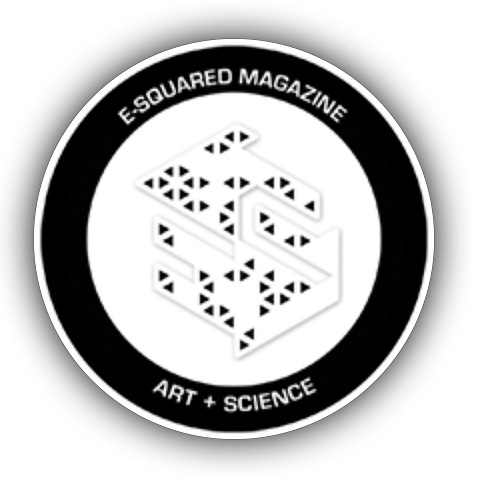This photographic project explores the loss of glaciers in inhabited (non-polar) regions of the world where the glaciers are part of the local hydrology. These glaciers have been a source of fresh water for all of human existence but are diminishing due to climate change. To create this project, I travel with and learn from scientists while they conduct research on these glaciers and the local hydrology. The researchers are recording the rate of glacial melting and the amount and the type of precipitation over many research trips. During the wet season in these landscapes it used to snow on the glaciers, building them up. Now due to the warming climate, it rains more often than snows. Rain does not build up the glaciers; Rain runs off into the streams, lakes and rivers. The ultimate aims of the researchers include understanding how much water the ecosystem and its inhabitants need, planning for adaptation to a world without glaciers, and building accurate climate models for predicting the future climate.
This project started in Peru with a two week trek into the White Mountains of Peru with a group of researchers lead by a team from Ohio State University.
The images in the series are available in limited edition, and the prints are printed on 100% reclaimed cotton fiber papers. Click the button to explore the portfolio.
I use the globe form bowl of water as a visual metaphor for the round form of the earth and photograph through it. By using glass, I conjure the notion of the fragility of the planetary ecosystem in which all living beings play a role. Using water within to encapsulate and reflect the scenes, I create a visual metaphor to express the glacial loss and the associated fresh water resource issues caused by a warming planet. The mode of production references the mechanical aspects of photography and vision; the bowl acts as a lens reflecting the landscapes upside down. There is no computer manipulation of the images. I photograph the bowl of water in the hands to convey responsibility for environmental stewardship. The images evoke themes of water rights, agriculture, the dependency of people upon the environment, and the search for understanding through scientific research.
“ Ivana Damien George’s “Glacial Waters” makes for a sly pendant to the Washburn show. It consists of four color photographs, 14 inches by 21 inches. Each consists of a clear globe holding water, water that came from a glacier in the Peruvian Andes. In the background, one can see the glacier. It’s at once a visual/hydrological pun and a comment on climate change. The glaciers are shrinking, which makes it easier for George to fill her bowls — until, of course, the glaciers have shrunken so much that they’re gone and so’s the water.”
Watch the video to learn about the research that inspired
the Glacial Waters Series










